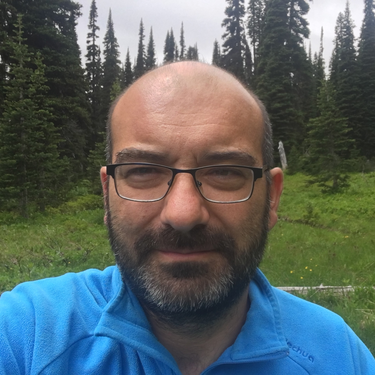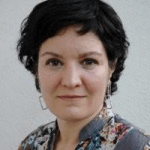BioAgora, biodiversity science for policy action
Science-informed policy action is necessary to protect biodiversity loss. In this context and with this intention, from today the European BioAgora project contributes specialized research in biodiversity to generate new knowledge, process the existing one and inform political decision-making at a European level. This project involves 22 scientific organisations from 13 European countries, including CREAF, and is supervised by the Finnish Environment Institute (SYKE). One of the main actions of BioAgora is to develop a Biodiversity Science Facility to support the ecological transition required by the European Green Deal and the EU Biodiversity Strategy 2030. This Strategy addresses the challenge of formulating, implementing and evaluating biodiversity policies and takes into account scientific research on biodiversity as an essential practice.
Today, biodiversity loss goes hand in hand with the urgency of action to mitigate and adapt to climate change.
Unlike existing science-policy interfaces specialising in biodiversity, the BioAgora-driven Biodiversity Science Facility is defined as a stable and sustainable long-term service, bridging the gap between knowledge and policy-making. It will therefore be anchored in the Joint Research Center (JRC) of the European Commission and aims to serve as the scientific pillar of the EU Knowledge Center for Biodiversity (KCBD).

"BioAgora aims to mobilise the essential knowledge tools that should inform European biodiversity policies"
LLUIS BROTONS, CREAF and CSIC researcher
"The BioAgora project aims to mobilise the essential knowledge tools that should inform European biodiversity policies. And one of the most appropriate is to project future scenarios that allow us to advance in the involvement and impact of decisions. In many of these cases, using models also allows us to quantify these impacts and, therefore, improve the capacity to choose alternatives," according to CREAF researcher Lluís Brotons.
A common agora
The initiative is inspired by the idea of a meeting point for scientific research centres to share knowledge, experience and results. "Biodiversity and natural capital must be integrated into public and business decision-making at all levels," says Kati Vierikko, BioAgora's coordinator and SYKE researcher. "Collective actions and pluralistic principles must be at the heart of biodiversity policy-making efforts, and therefore the Biodiversity Science Facility is conceived as a bridge between science, policy and society".
Representatives of the European Commission and the European partner initiatives (Biodiversa+ and Eklipse) admitt the project's importance for biodiversity in Europe. The EU Biodiversity Strategy 2030 ensures that research is at the heart of policy-making", said Jessika Giraldi from the European Commission's Directorate-General for Environment.
BioAgora aims to integrate scientific knowledge at the European level, without losing sight of the necessary connection to national and sub-national decision-making.
BioAgora aims to integrate scientific knowledge at the European level, being aware of a cascading effect: "for BioAgora's effort to be sufficient, we must connect national and sub-national decision-making", says Lluís Brotons. "One example is the Observatori del Patrimoni Natural i la Biodiversitat (OPNB), which CREAF is promoting in Catalonia and which builds bridges between science and policies in its field".
Why the diversity of life is critical
The concept of biodiversity reflects the quantity, variety and variability of living organisms, within species, between them and between ecosystems. It also encompasses how this diversity changes from one location to another and over time. Today, biodiversity loss goes hand in hand with the urgency of action to mitigate and adapt to climate change.
In Europe, the Intergovernmental Platform on Biodiversity and Ecosystem Services (IPBES) answers questions about the biodiversity loss and what actions can be taken to reverse it, with the aim of connecting the scientific community and political decision-making. This independent body, created in 2012 and linked to the UN, regularly publishes scientific reports prepared by specialists from its 140 member countries. Its working methodology involves the authors reviewing multiple scientific papers already published, rather than promoting new production.







